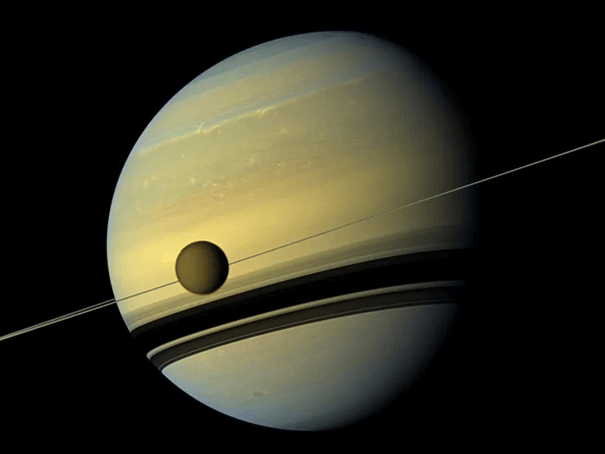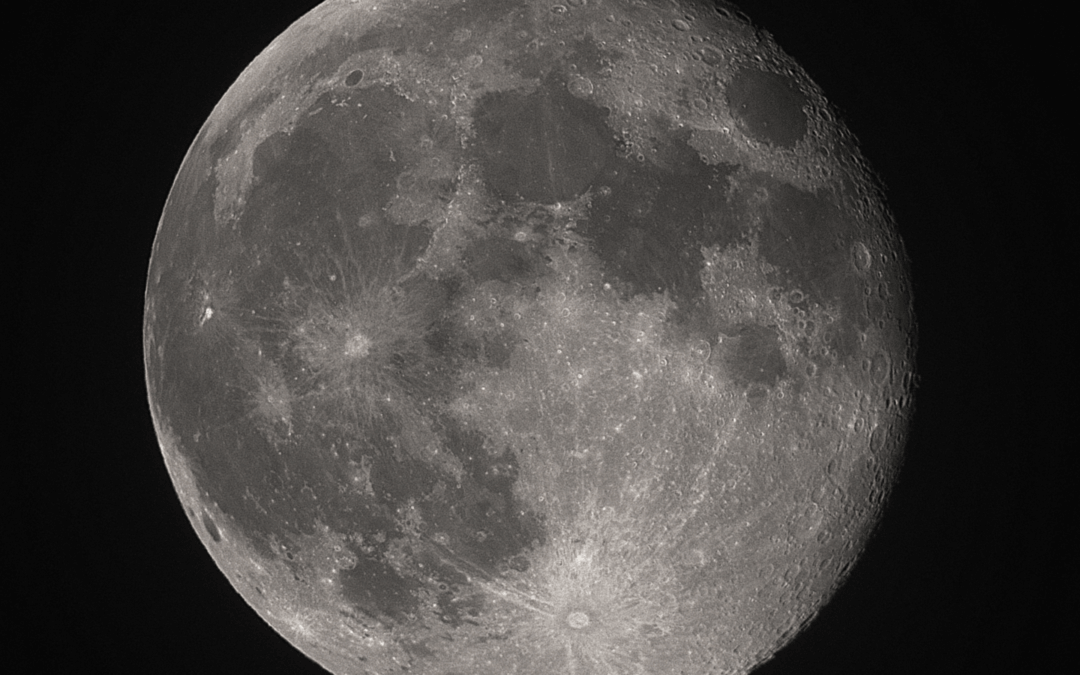Beginning in the months of Autumn, the Orionid meteor shower sends streaks of light across the heavens. Peaking around October 21, the yearly display comes from icy remnants of Halley’s Comet drifting in the path of our planet’s orbit and appears to Earth observers to come from the constellation of Orion.
Orion is named for a mythological Greek hunter, though many ancient cultures from Babylon to China have names for this grouping of stars. The oldest depiction of Orion found to date is a 32,000-year-old carved mammoth tusk found in Germany.
Orion the hunter is one of the most beloved constellations, known even to the most occasional stargazer. Located along the celestial equator, Orion is best seen in the evenings, January to March, during the Northern Hemisphere’s winter and the Southern Hemisphere’s summer. But the only time it’s truly out of reach is from May to July when it’s visible during midday — unless you’re in Antarctica, of course.
As you’re training your gaze on the mighty hunter Orion, peer a little deeper and uncover the stars and deep-sky objects that make up this iconic constellation. Enjoy delicate swirls and brilliant colors of Orion’s most beautiful nebulae.
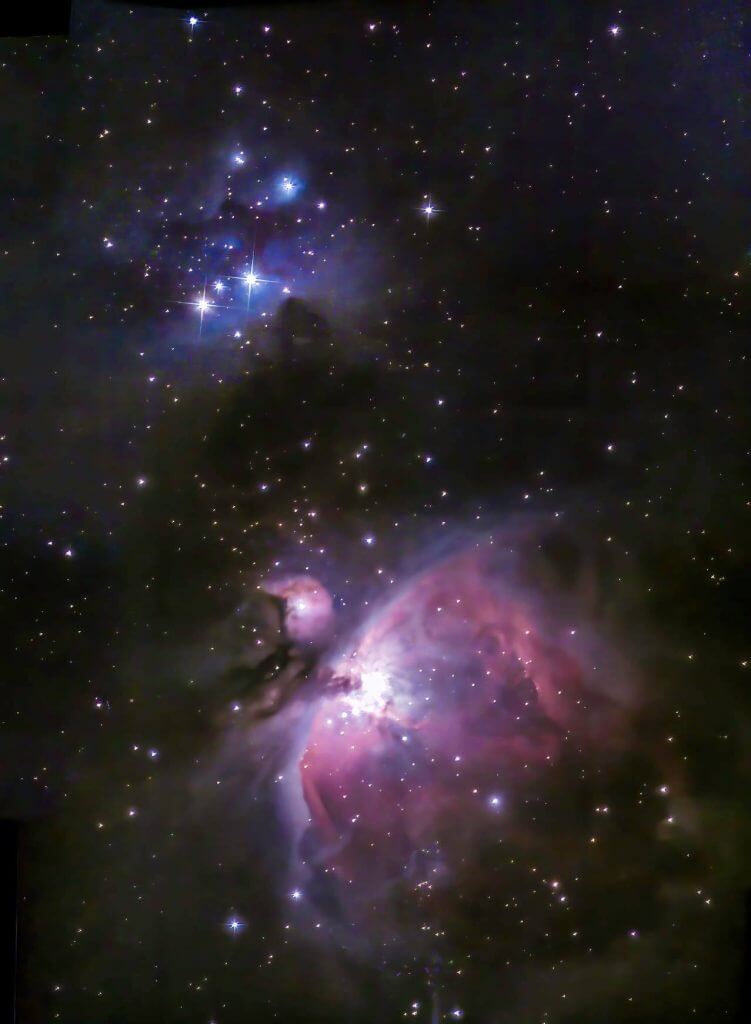
Mosaic of the Running Man Nebula (above) and Orion Nebula (below) stitched together by eVscope user Gary Wingerd (USA)
Orion Nebula
Found south of Orion’s Belt, the titular nebula is one of the most heavily studied nebulae in the night sky. With a telescope, you can see filaments of gas and dust, as well as the dense masses of star-forming regions within the nebula.
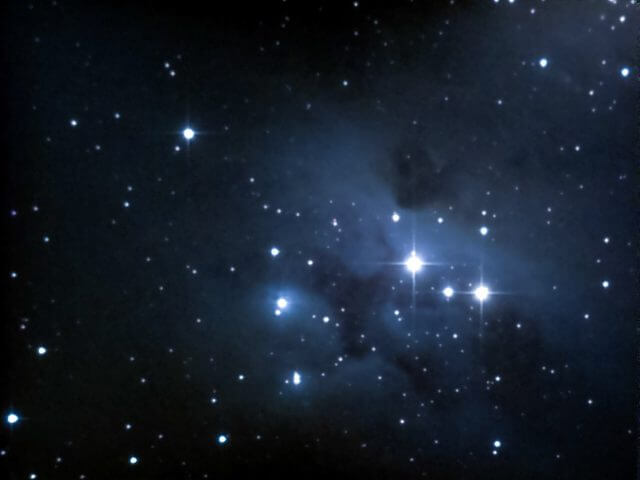
Image captured by Unistellar eVscope user David Hein (Australia)
Running Man Nebula
This reflection nebula is part of a larger region of ionized gas that makes up the northernmost part of Orion’s sword. It lies near the Orion nebula — look for the characteristic outline of a figure with arms and legs splayed outward, hidden inside the gas cloud.
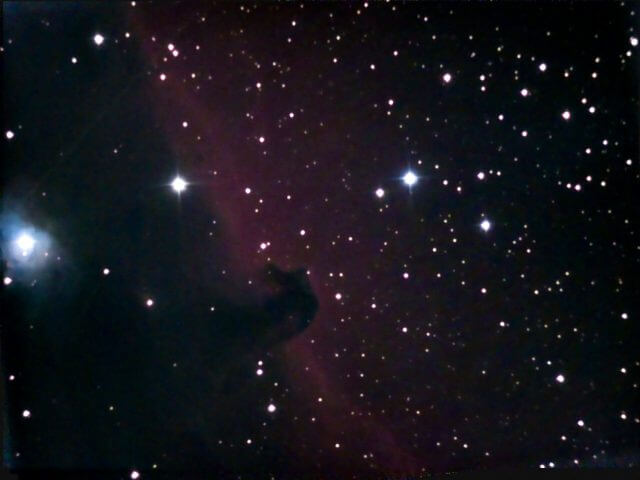
Image captured by Unistellar Ambassador Scott Kardel (USA)
Horsehead Nebula
Astronomer Williamina Fleming first discovered this equine-shaped object in 1888. Cataloged as Barnard 33, the dark nebula is full of shadowy dust with newly-formed stars visible at its base.
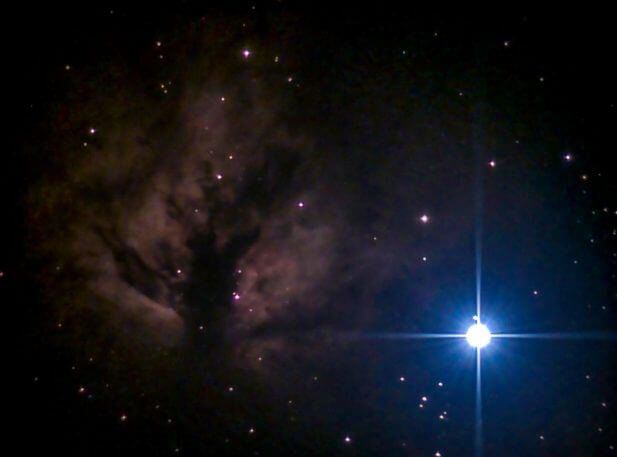
Image of Alnitak with the Flame Nebula captured by Unistellar Ambassador David Rowe (United Kingdom)
Flame Nebula
The Flame Nebula (also known as NGC 2024) is an emission nebula, which means it’s full of ionized gases that emit light. It actually gets many of its colors thanks to Alnitak, the easternmost star is Orion’s belt, whose UV light causes the nebula to glow brightly.
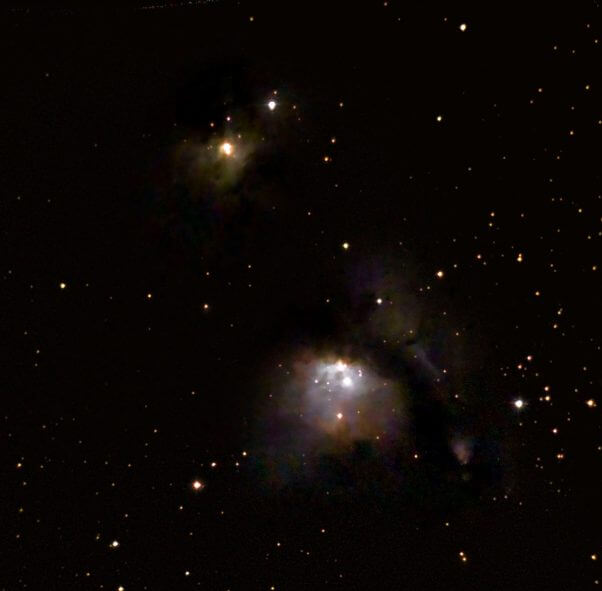
Image captured by Unistellar Ambassador Jacques Bérard (Canada)
Messier 78
NGC 2068 or M78 is a reflection nebula just northwest of Alnitak that’s 1,350 light-years from Earth. French astronomer Pierre Méchain discovered it in 1780.
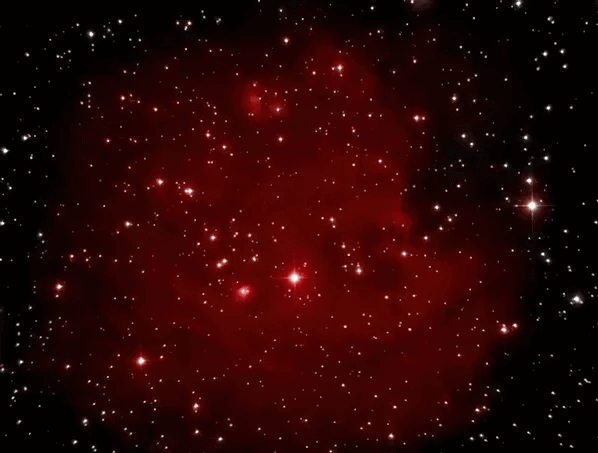
Image captured by eVscope user Marc Barbat (France)
Monkey Head Nebula
NGC 2174 is another emission nebula found in the constellation Orion that resides 6,400 light-years away. Be sure to try and spot the “monkey’s head.”
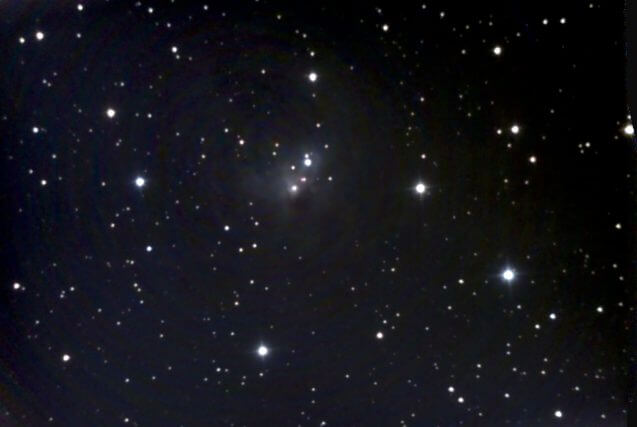
Image captured by Unistellar Ambassador Scott Kardel (USA)
Cosmic Bat Nebula
This nebula, also known as NGC 1788, is a reflection nebula that scatters the light from most of the stars within, obscuring them with its dust and gas. In a dark corner of the Orion constellation, this elusive object is home to a number of infant stars.
Further readings
Titan’s shadows
Every month, discover three unmissable celestial events to observe with your Unistellar telescope.
3 Reasons to observe this month
Every month, discover three unmissable celestial events to observe with your Unistellar telescope.
Observing Eclipses on Jupiter: Cosmic Spectacles Through a Telescope
The latest Unistellar App Update, version V3.0, is now live. Explore a smooth stargazing experience !
Unistellar Community Included In Multiple Scientific Papers
Did you know Unistellar Citizen Astronomers are often cited in published scientific papers? Find out how you can contribute too!
What Are the Names of All the Full Moons in 2024?
Discover the enchanting names of the full moons in 2024. Delve into the unique character of each lunar spectacle and embrace the allure of the night sky.
New Unistellar App Update: Version 3.0
The latest Unistellar App Update, version V3.0, is now live. Explore a smooth stargazing experience !

